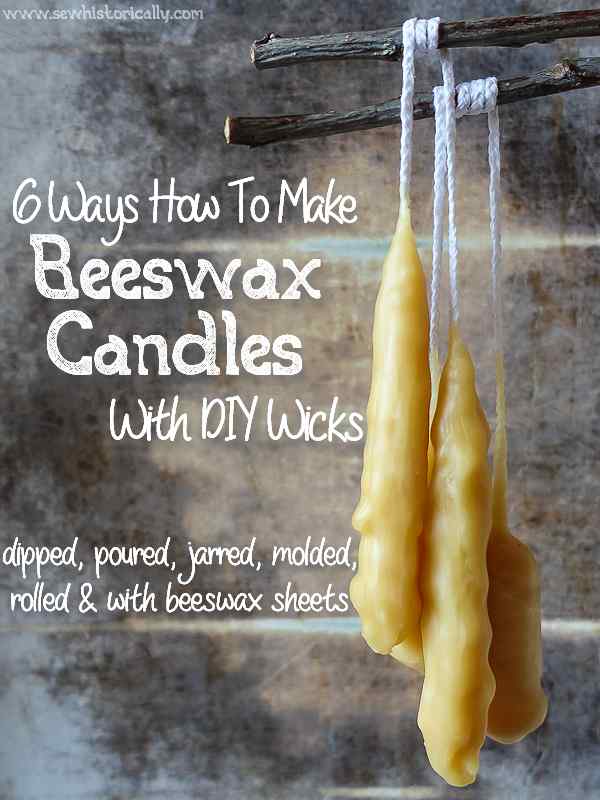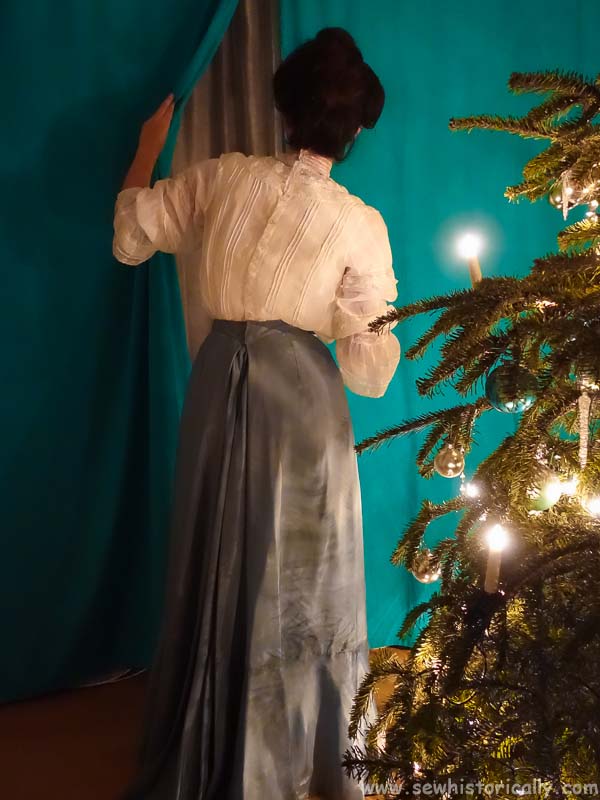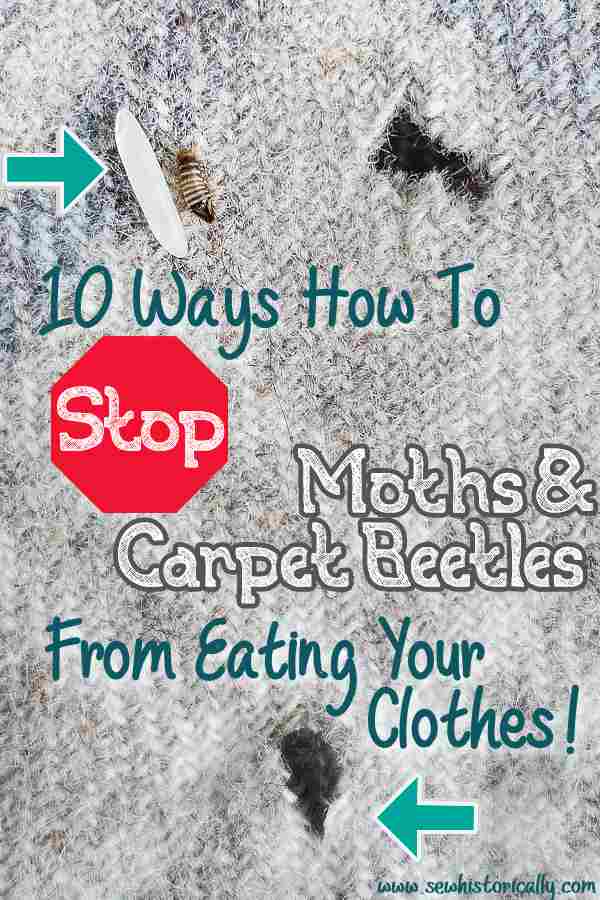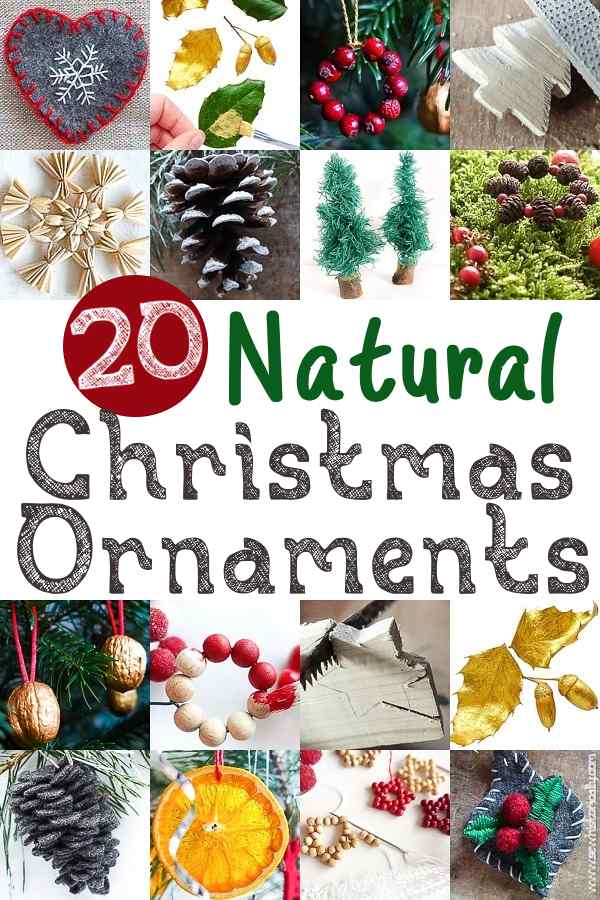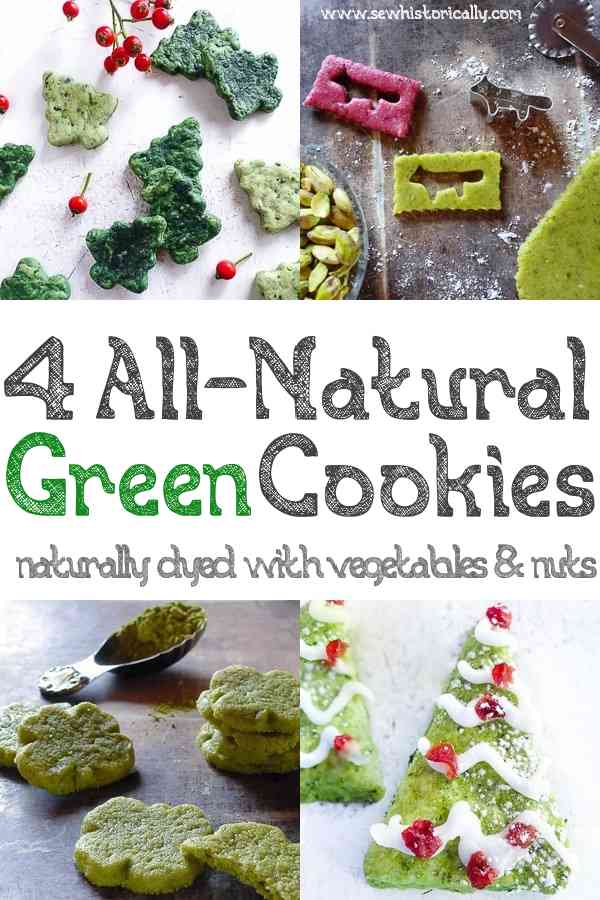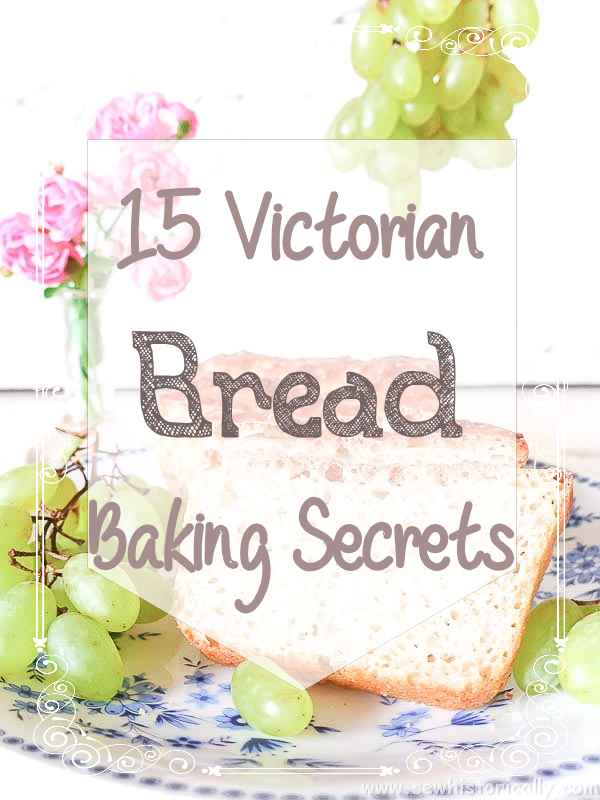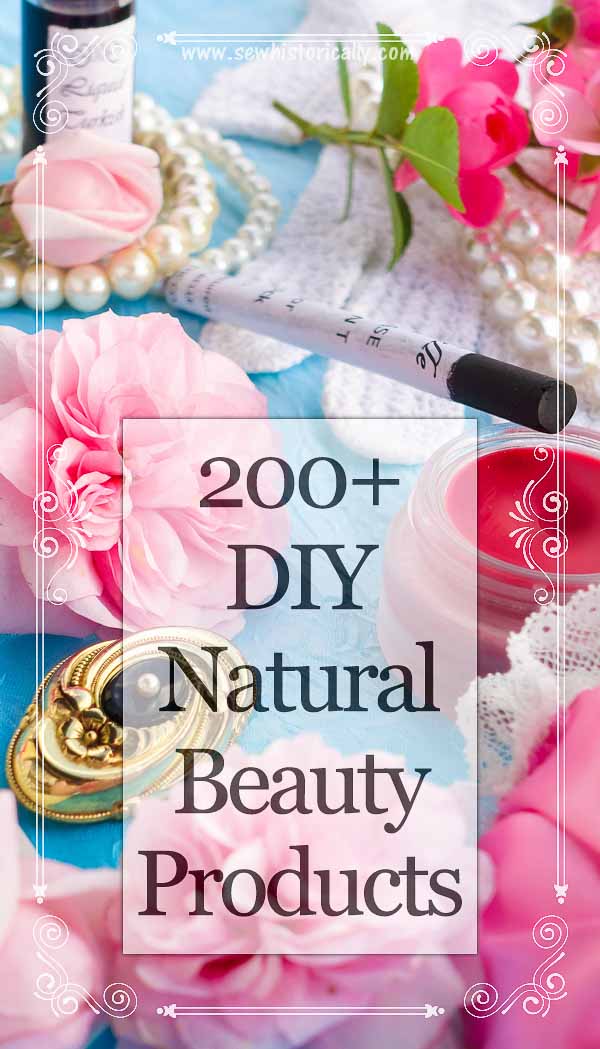If you’ve ever wondered what underthings Victorian ladies and 1920s flappers wore, you’ve come to the right place. Find out more about the history of lingerie!
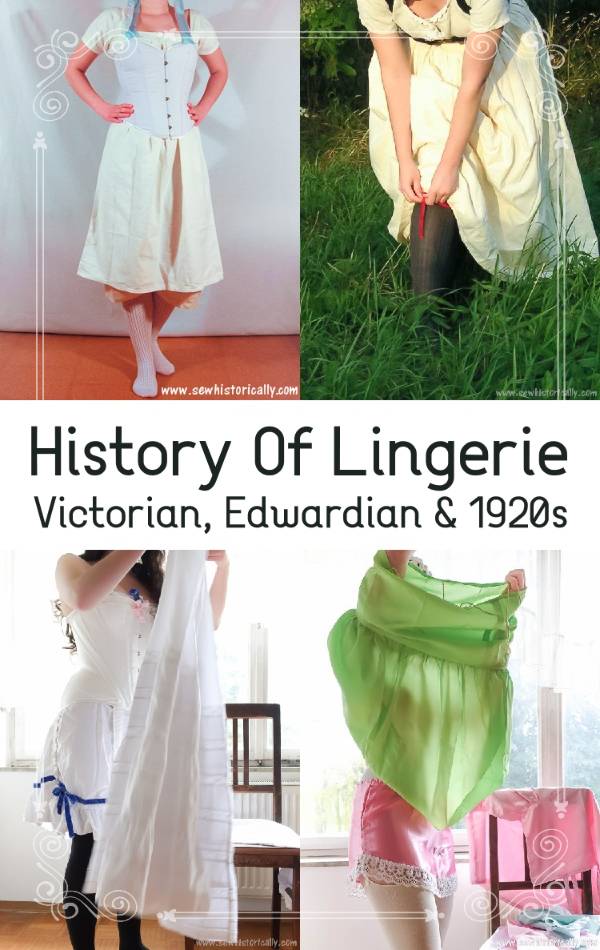
What kind of underwear did Edwardian ladies, Victorian working class women and 1920s flappers wear?
Underwear might seem less important than the dress but the right underwear provides the foundation and right silhouette for the dress.
‘It is upon the unseen foundation that the fit and grace of one’s gowns largely depend’ (New York Times, 1907).
The look of the lingerie changed dramatically between the Victorian era and the 1920s. While Victorian women wore a chemise next to the skin, 1920s women wore a teddy instead. But even if the terms are different, the function was the same: to protect the body from the corset and vice versa. Yes, contrary to popular belief, 1920s women still wore corsets!
In general, Victorian women wore the most underwear, especially before the invention of the crinoline. Whereas 1920s flappers preferred to wear only the bare necessities. Victorian women usually wore a chemise, drawers, corset, corset cover and many petticoats. 1920s women, on the other hand, often wore only two pieces of lingerie: a teddy and slip. Continue reading History Of Lingerie – Victorian, Edwardian & 1920s →

